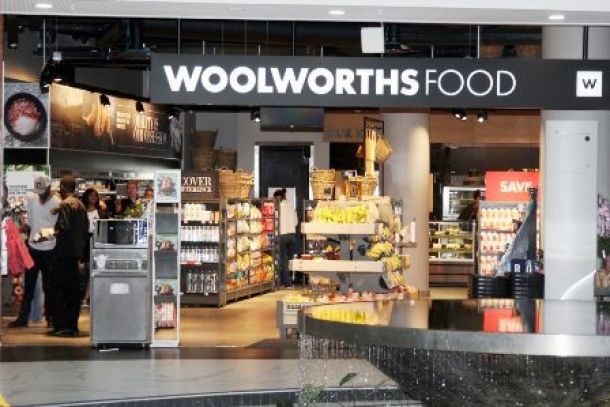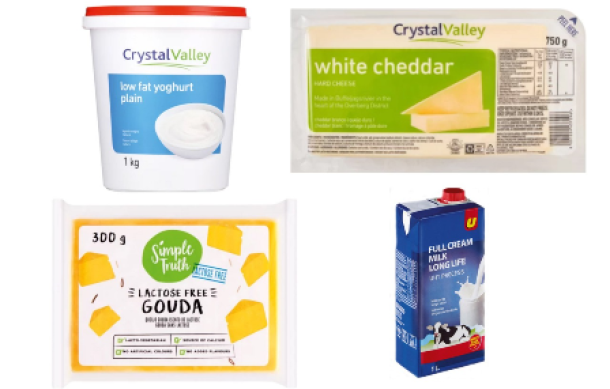Meet the first student to get a doctorate in biltong making
Stellenbosch University (SU) student, Maxine Jones, is set to receive her doctorate in Food Science from Stellenbosch University (SU) on Tuesday (14 March). According to SU, Jones will achieve a unique first that is distinctly South African: she will receive a PhD for research focusing exclusively on how to make good quality biltong.
In the process the 27-year old can say she developed a scientifically proven recipe for making consistently delicious biltong.
Jones’ industry-based research project focused on different aspects of biltong processing, such as the use of standardised drying procedures to dry the meat at best.
The Capetonian, who matriculated from Wynberg Girls’ High, took note of factors such as temperature, humidity and air movement. She also investigated the presence of different yeasts, moulds and even bacteria that often occur on biltong, and that play a role in its shelf life.
“Quality and consistency is important to both the consumer and the biltong industry,” said Jones, who believes the local industry needs to standardise drying guidelines to ensure more consistent quality and to sidestep food safety issues.
“There are currently no processing guidelines for biltong production in South Africa, and this leads to vast differences in the end product.”
“The biltong industry has become an economically important sector in the South African meat industry and has the potential for further growth, both nationally and internationally,” she said.
Jones also investigated export opportunities that are available to South African producers, and the certification processes and laboratory guidelines that they need to consider.
Her research path crossed with biltong during her MSc studies. Her research involved testing the addition of rooibos tea extract to South African droëwors as a natural antioxidant in an effort to increase the shelf-life of the product.
Her field of research has subsequently landed her a job as the quality and food safety manager for Cape Deli Biltong in Cape Town.
Jones’ research has also taken her places, from Namibia and the Wageningen University in the Netherlands to an international conference in Thailand. She even travelled to Reunion Island, a remote French territory near Mauritius. There she tested the spicing of biltong with ultrasonic equipment and its subsequent drying.
The equipment was available at the Centre de coopération internationale en recherche agronomique pour le développement (CIRAD), with which Stellenbosch University’s Department of Animal Sciences enjoys ongoing cooperation.
“Biltong isn’t such a simple matter as we may think; there’s a science behind it,” said Jones. “With the increased popularity of biltong the research opportunities are vast, and this research is just the beginning of things to come.”
Key findings
During the course of her project, Jones consistently dried biltong at temperatures around 25°C, at a relatively low humidity of 30%, and an air speed of about 0.2 meters per second.
Here are some of her findings:
News Category
- International retailers
- On the move
- Awards and achievements
- Legislation
- Wine and liquor
- Africa
- Going green
- Supplier news
- Research tools
- Retailer trading results
- Supply chain
- Innovation and technology
- Economic factors
- Crime and security
- Store Openings
- Marketing and Promotions
- Social Responsibility
- Brand Press Office
Related Articles

Shoprite Group earns Top Employer status for 2024

Woolworths snaps up four awards at the annual P...

Shoprite, Usave and Checkers private label prod...

Shoprite’s Xtra Savings shines at 2024 Internat...


